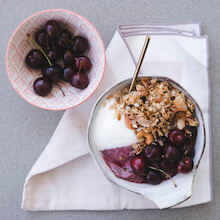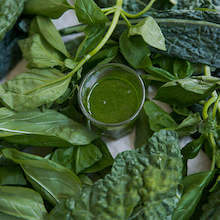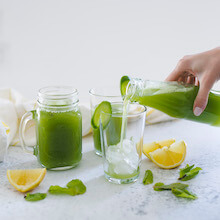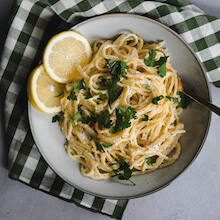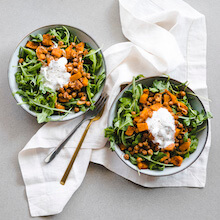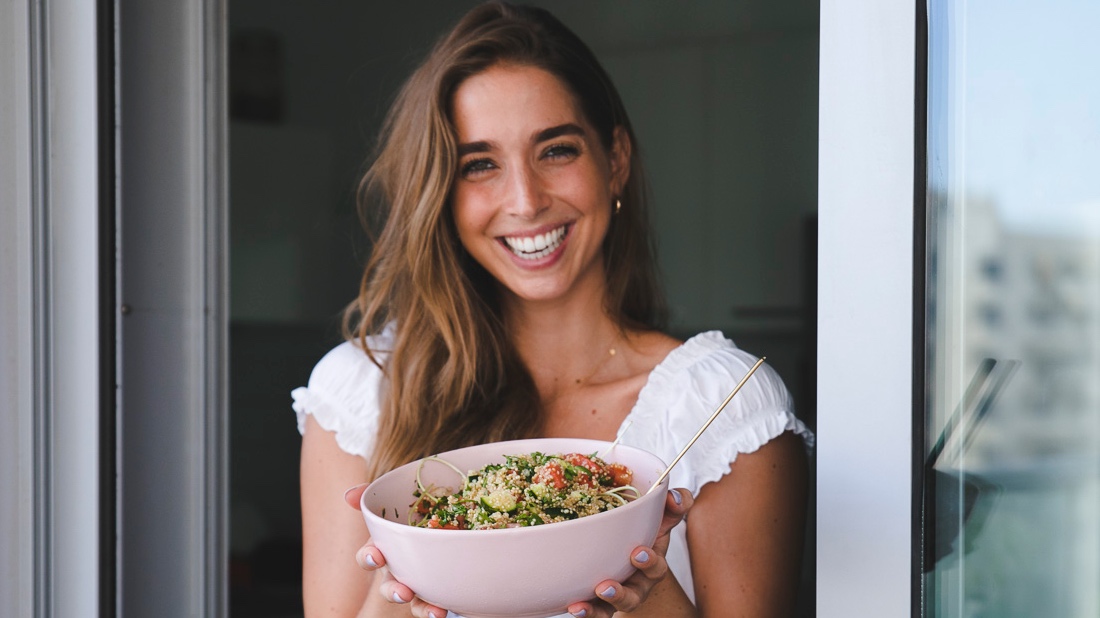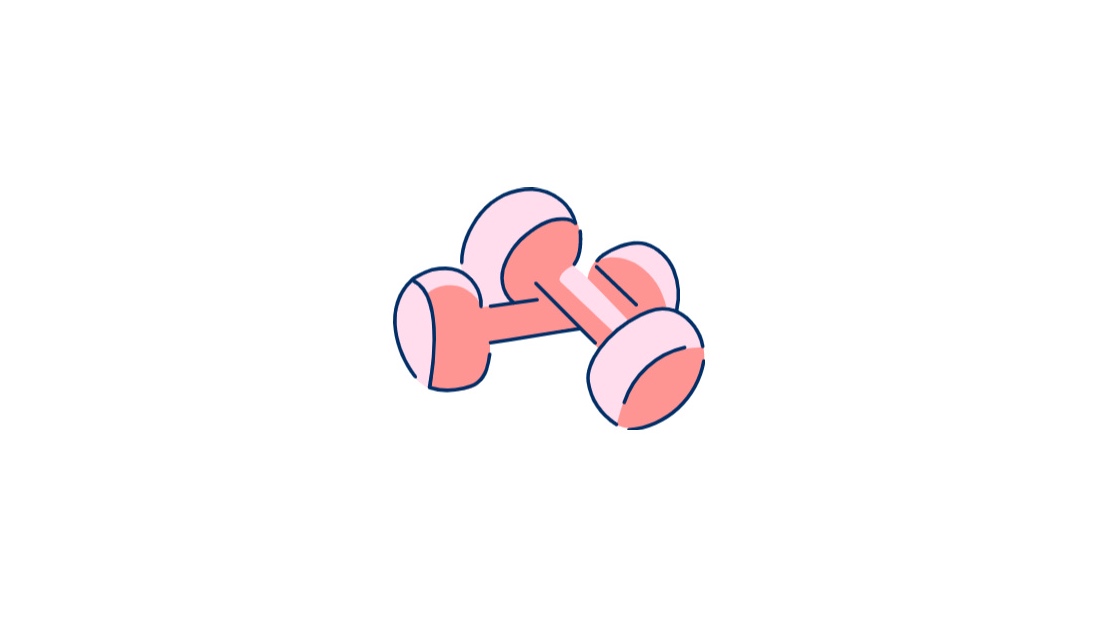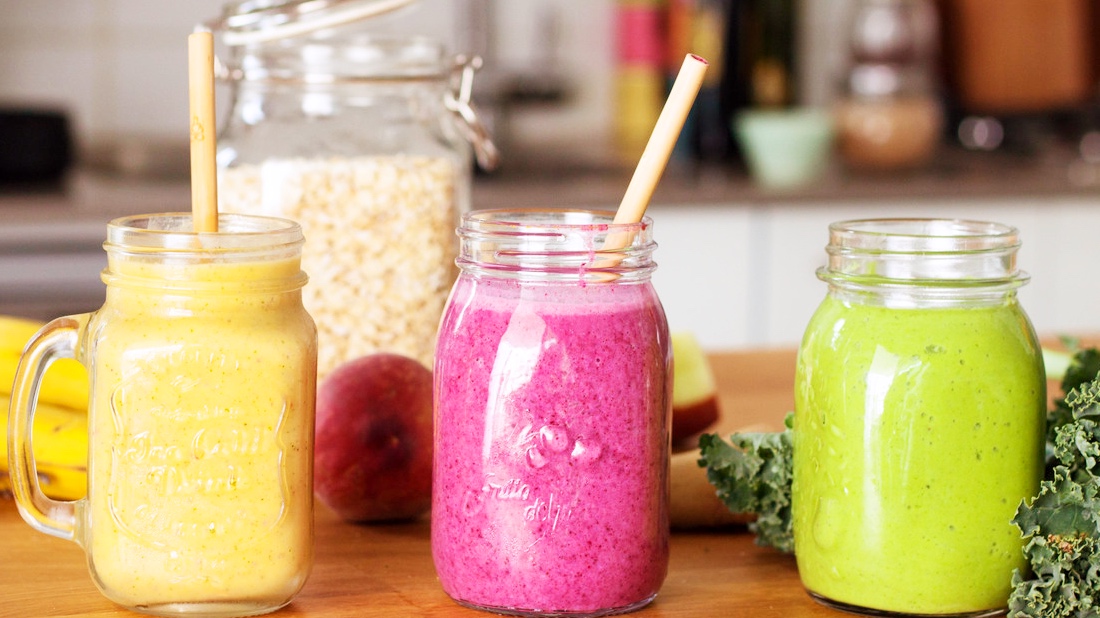What’s Gluten, Lactose- and Histamin?
Histamine
Histamine is a biogenic amine (a protein), which is present in a number of foods as well as its being produced by our own body.
In our body, histamine is a messenger (neurotransmitter, tissue hormone, responsible for digestions, being awake or asleep…). In foods, it’s a product of fermentation and ripening.
Histamine intolerance is when your body deviates from the ideal histamine range, so this effects your mental and physical wellbeing
Histamine is released from your own body storage or supplied through food. A healthy person is able to break down the histamine fast enough – so no problems there. But, for whatever reason, you have too much histamine sources for the body to break down, then the level of histamine in the body gets too high. If the individual tolerance threshold is exceeded, it leads to a variety of symptoms.
Thank so a change in my lifestyle and diet, improving my gut health and lower my stress, I managed to heal myself after years of intolerances.
What are the symptoms?
In particular, symptoms occur particularly while you eat and drink but can also persist chronically or occur sporadically. There are a variety of symptoms that could come up, which depends on each individual person. Some of the typical symptoms are:
- Swelling of the sinuses, runny nose, sneezing, difficulty breathing, cough, sputum
- Digestive problems: diarrhea, abdominal pain, flatulence, heartburn
- Itching, rash, skin redness, flushing (reddening of the face)
- Hot flashes, sweating, impaired temperature sensation
- Palpitation, tachycardia, hypotension
- Headaches, migraines, dizziness
- Insomnia, fatigue
- Nausea, vomiting
- Menstrual cramps
- Edema (water retention, including swollen eyelids)
Be aware! Histamine intolerance can cause vitamin/nutrient deficiency (iron deficiency, vitamin B deficiency) due to the disturbed uptake mechanisms of irritated/inflamed intestine.
Always be sure to get checked regularly to prevent a lack of important vitamins/nutrients.
You are not sure what you can eat with a histamine intolerance? I created my own shopping list with all ingredients that are safe to eat and those that should better be avoided. Click here for more information
Lactose
Lactose is a natural sugar found in dairy products. To have lactose intolerance means that my small intestine does not produce a sufficient amount of lactase, the enzyme which breaks down the lactose. Intolerance is different to a food allergy as some people may be able to digest small amounts of diary.
It is important to remember that Lactose, while it is mainly found in dairy food, may also be found in ready-made dressings or meals. Always be sure to read the label of a product.
Gluten
Gluten is a general name for the proteins found in wheat (wheatberries, durum, emmer, semolina, spelt, farina, farro, graham, kamut, wheat and einkorn), rye and barley. Gluten helps foods maintain their shape, acting as a glue that holds food together.
Glutenintolerance is the over sensitivity of gluten, which can lead to a chronic inflammation of the intestinal mucosa in the small intestine. With time, this inflammation leads to damage of the villi, which are responsible for the absorption of essential nutrients. The absorption gets disrupted which leads to severe symptoms.

